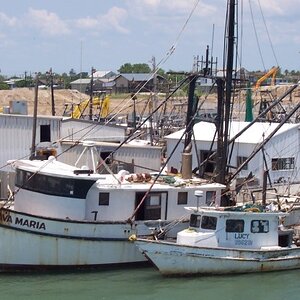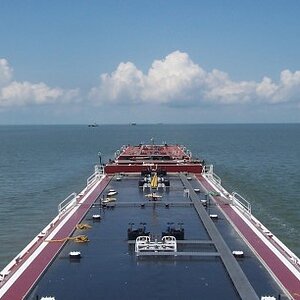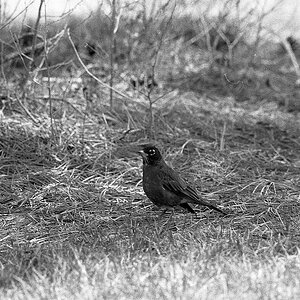slat
Been spending a lot of time on here!
- Joined
- Oct 1, 2016
- Messages
- 3,452
- Reaction score
- 1,043
- Location
- Missouri
- Can others edit my Photos
- Photos OK to edit
My wife and I recently found a lot of slides at her parents house what is an easy way to view them to see if they are something we want to keep?
If they are something we want to keep what would be the best way to scan them to save to an external hard drive?
If they are something we want to keep what would be the best way to scan them to save to an external hard drive?












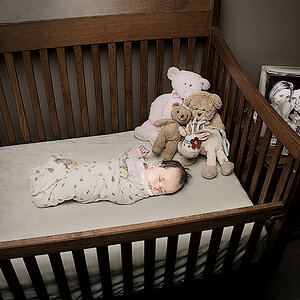
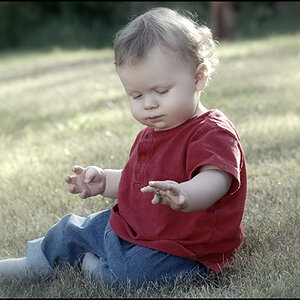
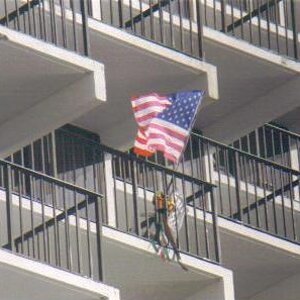

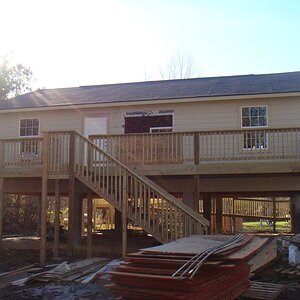
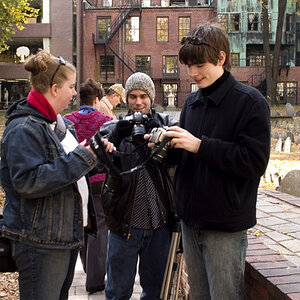
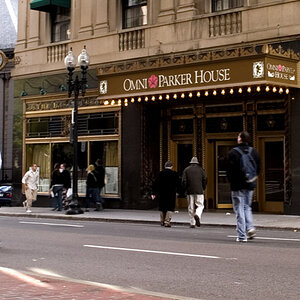
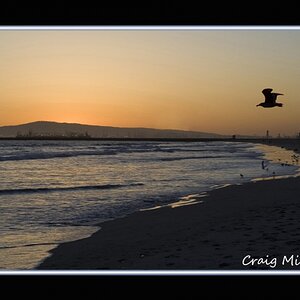
![[No title]](/data/xfmg/thumbnail/42/42485-78d600ec012514df268a482c4c59bb62.jpg?1619740196)
